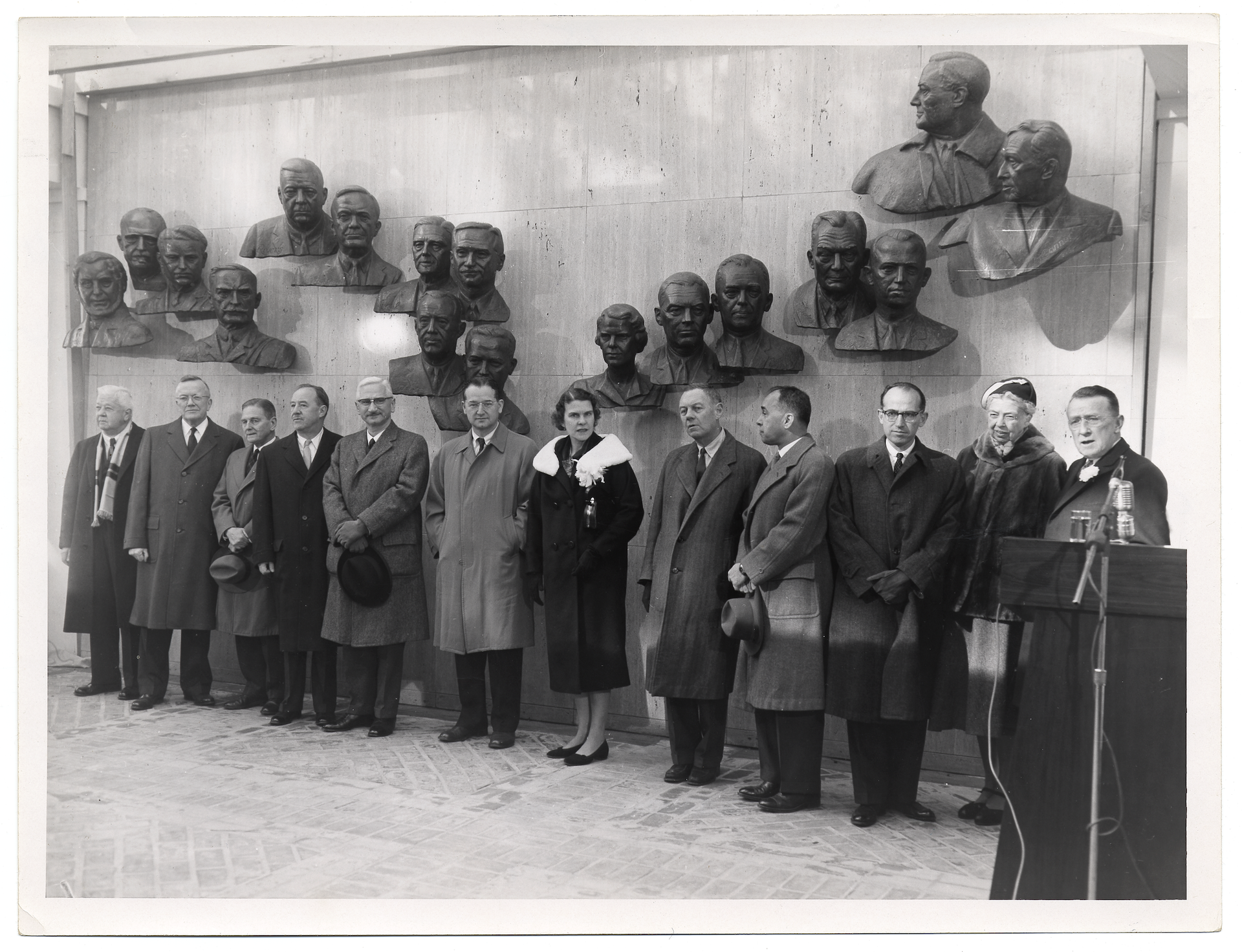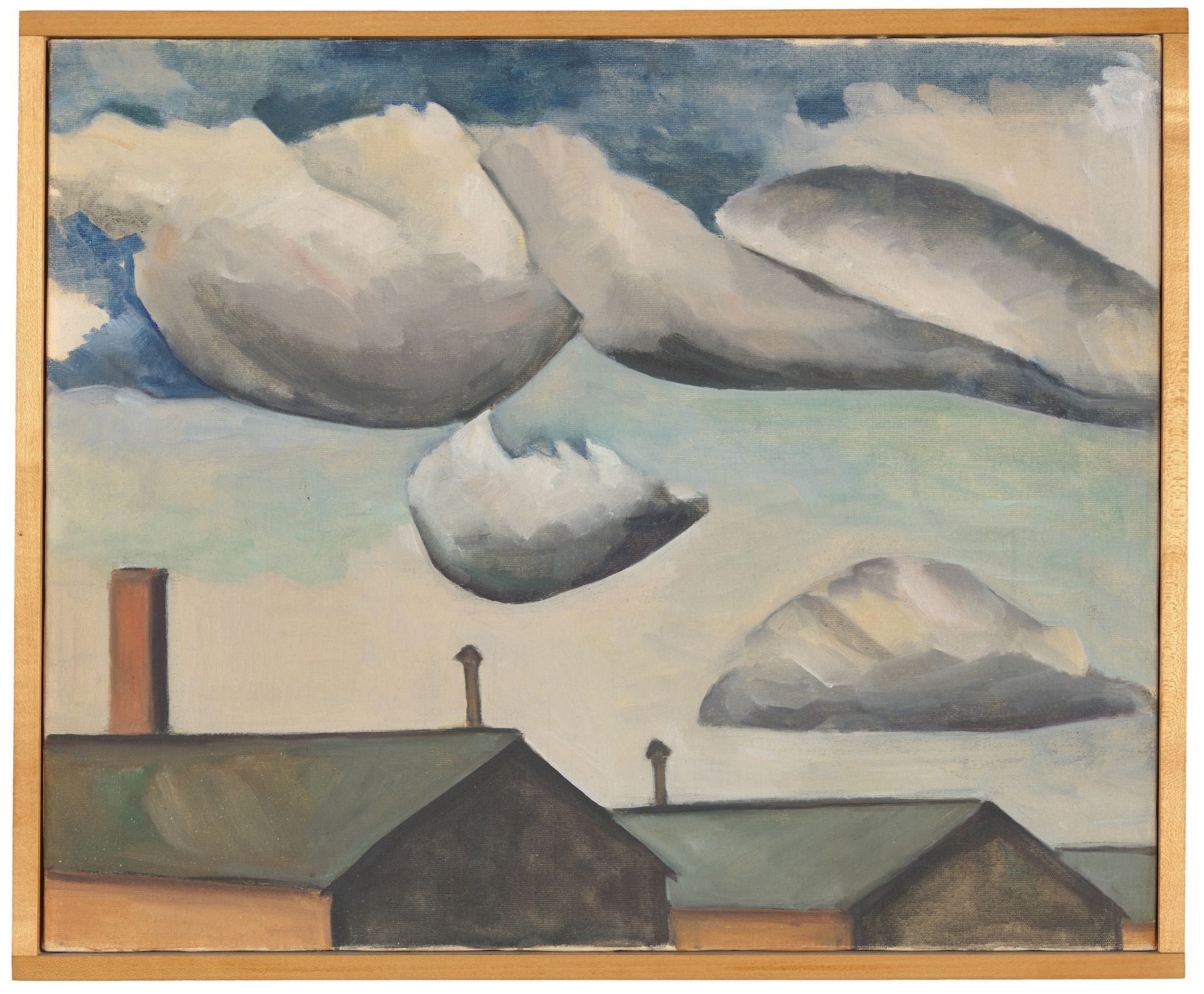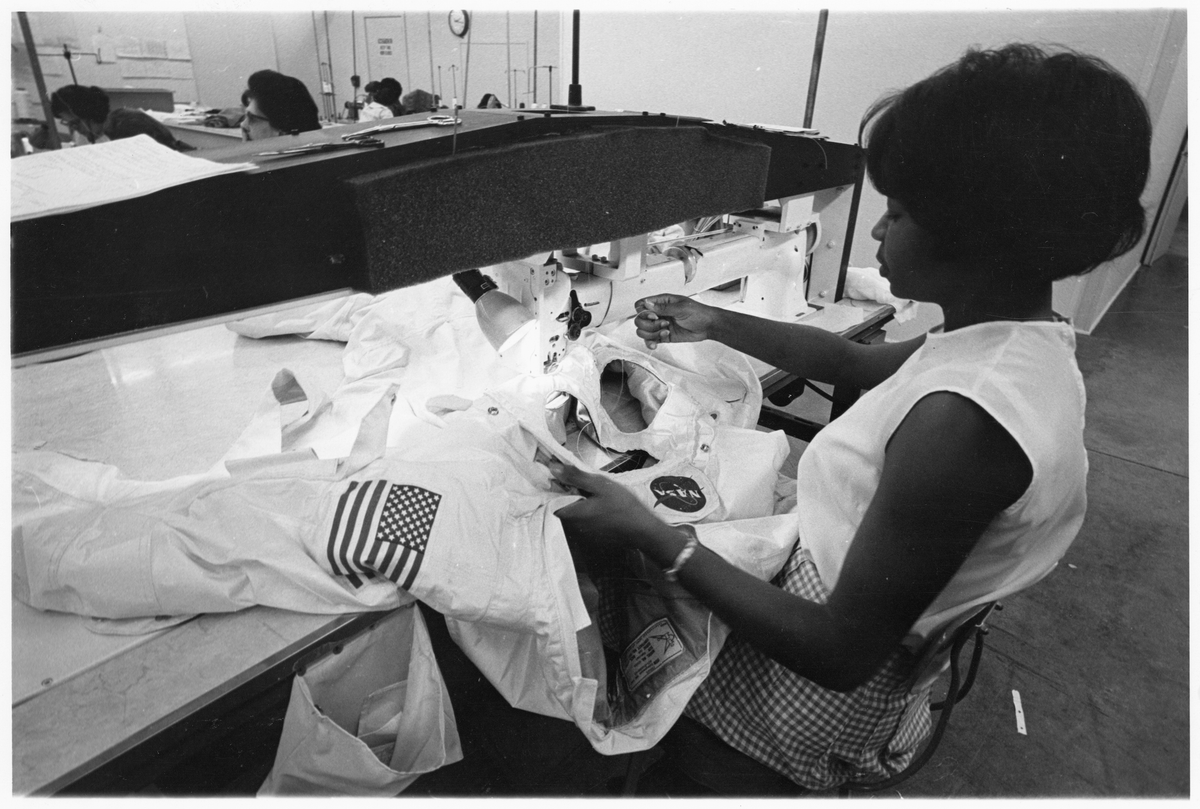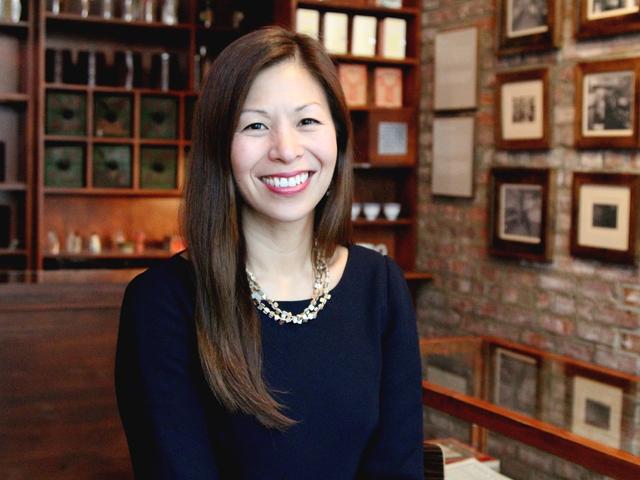After almost ten years of planning and a recent debacle over its directorship, the Smithsonian American Women’s History Museum in Washington, DC, is finally debuting its inaugural exhibition. Coinciding with International Women’s Day, Becoming Visible: Bringing American Women's History into Focus is a purely digital show, as the physical museum has yet to be built.
The museum began planning for the online exhibition—organised by its digital curator, Elizabeth Harmon, and narrated by the actress Rosario Dawson—in the summer of 2023. It features five historical women from various industries, each of whom has either been “forgotten” or “left out” of US history: the formerly enslaved author and seamstress Elizabeth Keckly (Mary Todd Lincoln's personal dressmaker), the 19th-century industrial inventor Margaret Knight (who created a machine to make flat-bottom paper bags), the Japanese American painter Hisako Hibi, the virologist Isabel Morgan (part of the research team that created the polio vaccine) and the seamstress and NASA spacesuit-design collaborator Hazel Fellows.

Photograph of the unveiling ceremony for the Polio Wall of Fame, 1958. Edmond Amateis papers, 1926-77 Courtesy the Archives of American Art, Smithsonian Institution, Washington, DC
Becoming Visible is split into five separate stories, one for each woman—their headings including words like “excluded”, “erased”, “obscured”, “forgotten” and “almost lost”. Each details historical context and biographical information alongside images of objects in the Smithsonian's collections and archives, recorded interviews and original illustrations and animations, providing a sociocultural framework to explain why these women’s contributions mattered both then and now. Additionally, the exhibition features interviews with Smithsonian curators and a call-to-action segment. (The museum is also hosting a Wikipedia edit-a-thon on 27 March to edit and create articles about the women featured in the exhibition.)
Becoming Visible has a user-friendly scrolling page presenting each woman’s story. For example, Hibi’s section features archival photographs of the artist; an interview with the curator Melissa Ho, who breaks down Hibi’s time in the Japanese American internment camps; and examples of Hibi’s paintings, images of which viewers can save onto their devices. The most memorable story is how, before Hibi was forced to an internment camp, she left her work with a friend, who tried to place it in educational institutions. But upon Hibi’s return, she would learn that the friend had already died, and Hibi would never find the work she had left behind.

Hisako Hibi, Floating Clouds (1944) Courtesy the Smithsonian American Art Museum, Washington, DC
While Becoming Visible does a thorough job of reflecting on lesser-known women’s stories, the immediate jump from exhibition to call-to-action without any activities for digital visitors to engage with (like interactive games or social-media filters) makes it feel more like a teaser for an in-person exhibition than an entirely fleshed-out virtual experience. Of course, given that this is the museum's inaugural exhibition, it makes sense that it is using Becoming Visible to introduce the institution's overall mission: to address the paradox that women face in US history.
“We know women have been making history for centuries, but their stories are missing from popular narratives of US history,” Harmon tells The Art Newspaper, emphasising that women’s stories have long been written in “disappearing ink”. She continues: “Erasure happens in distinct ways for different women, depending on their intersectional identities and lived experiences.” As for why these five particular women’s stories were chosen, Harmon says that the museum picked women from dramatically different times, professions and experiences in order to foreground that the exclusion of women from US history is a systematic phenomenon. Regardless of a woman’s societal contributions, unless there is a conscious communal effort to preserve her legacy, the default is permanent erasure.
- Becoming Visible: Bringing American Women's History into Focus (online only). A virtual curator talk will take place on 14 March at 3pm ET with Jill Biden and the actress Lynda Carter (Wonder Woman) giving introductory remarks.



